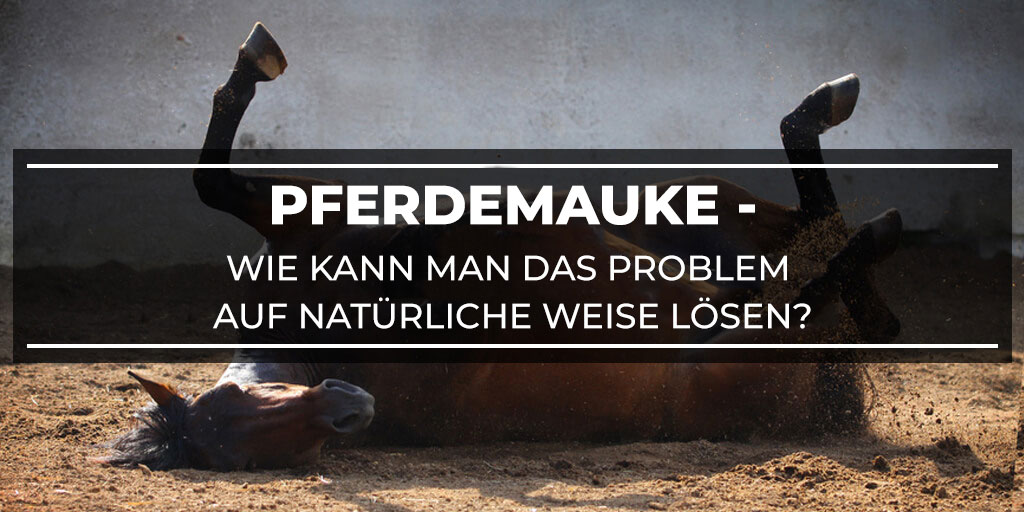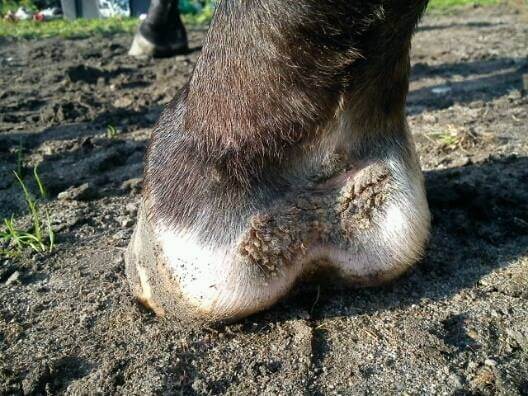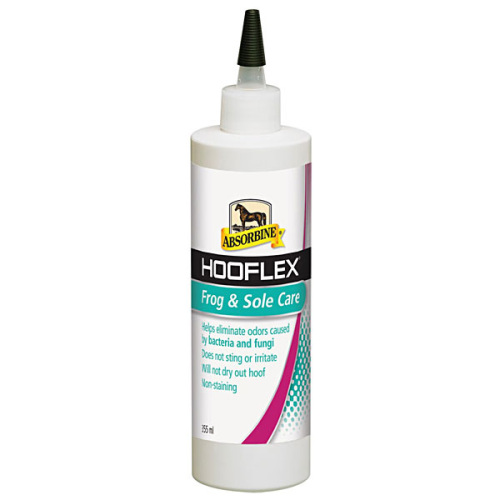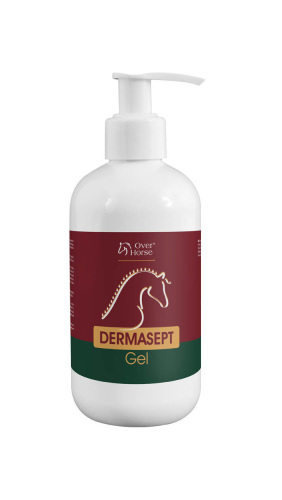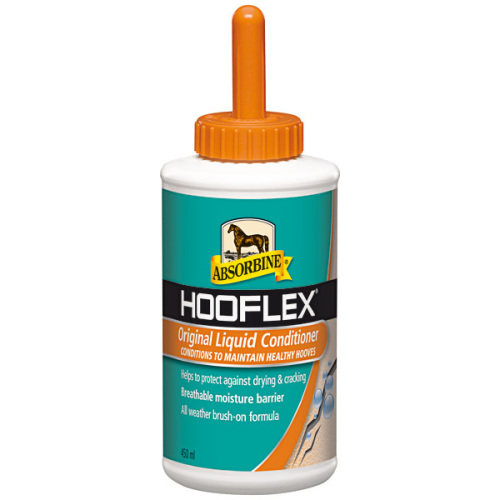Menge
Gesamt

Mit dem Einkauf weitermachen Gehen Sie zum Warenkorb
Menu
- Sättel>
- Alle Produkte: Sättel
- Dressursättel
- Dressursättel sofort verfügbar
- Gebrauchte Dressursättel
- Springsättel
- Springsättel sofort verfügbar
- Gebrauchte Springsättel
- Wanderreitsättel
- Allzweck-Sättel
- Ponysättel
- Sättel für Kinder
- Hippotherapie-Sättel
- Vielseitigkeitssättel
- Sattelabdeckungen
- Satteldecken
- Prestige Italia Sättel
- Gebrauchte Sättel
- Sättel sofort verfügbar
- Prestige Italia AS-X sattle
- Reiter>
- Alle Produkte: Reiter
- Chaps
- Sicherheitswesten & Rücken-Protektoren
- Reitmantel
- Kniestrümpfe & Reitsocken
- Gerten
- Reiten
- Pferd>
- Alle Produkte: Pferd
- Fliegenhauben
- Steigbügel
- Riemen
- Stollen
- Stricke
- Schneiden & Rasieren
- NEU
- Alle Produkte: Kollektionen
- Alle Produkte: Ausverkauf
- Animo Winter 2024
- Eskadron Platinum 2024
- Pikeur Winter 2024
- Kingsland Winter 2024
- Eskadron Dynamic 2024
- Animo Sommer 2024
- Kingsland Sommer 2024
- Eskadron Classic Sports 2024
- Pikeur Sommer 2024
- Horze Sommer 2024
- HKM Sommer 2024
- Eskadron Heritage 2023
- Horze Winter 2023/24
- Animo Winter 2023
- Equiline Winter 2023
- Kingsland Winter Update 2023
- Pikeur Winter 2023/24
- Kingsland Winter 2023
- Kingsland Dressage Winter 2023
- Eskadron Platinum 2023/24
- Eskadron Platinum Pure 2023
- HKM Winter 2023/24
- Eskadron Reflexx 2023
- Samshield Sommer 2023
- Eskadron Essence Winter 2022/23
- Vestrum Sommer 2023
- Anna Scarpati Sommer 2023
- Animo Sommer 2023
- Pikeur Sommer 2023
- Equiline Sommer 2023
- Kingsland Sommer Update 2023
- Kingsland Dressage Sommer 2023
- Kingsland Sommer 2023
- Horze Sommer 2023
- Spooks Sommer 2023
- HKM Sommer 2023
- Eskadron Platinum 2022
- Spooks Winter 2022/23
- Horze Winter 2022/23
- Vestrum Winter 2022/23
- Anna Scarpati Zima 2022/23
- Animo Winter 2022/23
- Equiline Winter 2022/23
- Samshield Winter 2022/23
- Kingsland Dressage Winter 2022/23
- Kingsland Winter Update 2022/23
- Kingsland Winter 2022/23
- Pikeur Winter 2022/23
- HKM Herbst 2022
- Samshield Sommer 2022
- Eskadron Heritage 2021/22
- Eskadron Classic Sports Sommer 2022
- Animo Sommer 2022
- Equiline Sommer 2022
- Kingsland Sommer 2022
- Vestrum Sommer 2022
- Kingsland Dressage Sommer 2022
- Kingsland Sommer Update 2022
- Horze Sommer 2022
- Samshield Winter 2021/22
- Equestrian Fanatics Winter 2021/22
- Equiline Logo 2021
- Kingsland Winter Update 2021/22
- Pikeur Winter 2021/22
- Animo Winter 2021/22
- Pikeur Sommer 2022
- Samshield Sommer 2021
- Animo Sommer 2021
- Horze Sommer 2021
- Eqode
- HKM>
- Marken>
- Absorbine
- Acavallo
- Adamsbro
- Animo
- Anna Scarpati
- Black Horse
- Bucas
- Busse
- B Vertigo
- Cambio
- Casco
- Ceecoach
- Comodo
- Dainese
- Doctor Horse
- Elt
- Eqode
- Equiline
- Equishop
- Eskadron
- Freejump
- Hippica
- Heiniger
- Hepp
- HKM
- Horze
- Keralit
- Kingsland
- Likit
- Limo Bits
- LPC
- Magic Brush
- Makebe
- Mattes
- Moel
- Over Horse
- Pavo
- Petrie
- Pikeur
- Prestige Italia
- Renaissance
- Rubin Royal
- Roeckl
- RSL
- Samshield
- Sergio Grasso
- Spooks
- Torpol
- True Rider
- Uvex
- Vestrum
- Veredus
- Wildhorn
- Wintec
- Wintec Lite
- ANGEBOTE


